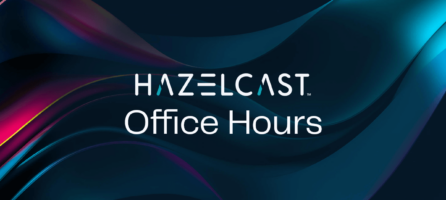WAN Replication
Geo-Distribution
WAN Replication is required for disaster recovery and/or geo-distributed workloads. Imagine you have different data centers in New York, London and Tokyo each running an independent Hazelcast cluster. Every cluster is operating at native speed in its own LAN (Local Area Network), but you also want some or all record sets in these clusters to be replicated to each other – updates in the Tokyo cluster should also replicate to London and New York, and updates in the New York cluster are to be synchronized to the Tokyo and London clusters.
Hazelcast WAN Replication allows you to keep multiple Hazelcast clusters in sync by replicating their state over WAN environments, such as the internet.
Multi-Cloud Deployments - Run Hazelcast Anywhere and Everywhere
As part of your disaster recovery and geographic distribution strategies, Hazelcast WAN Replication enables hybrid-cloud and multi-cloud deployments to let you build a consistent architecture anywhere and everywhere. Watch this video guide that walks through the simple process of replicating from an on-premises Hazelcast deployment to two separate cloud deployments. The accompanying written guide is available here.
Features
Multiple Configurable Features to Cover Typical Scenarios
Hazelcast WAN Replication supports data recovery in both Active-Passive or One-way mode, enables geographic locality in Active-Active or Two-way mode and provides ease of use for test / development environment set-up.
Supports Multiple Data Structures and Merge Policies
Hazelcast WAN Replication provides support for Hazelcast Map (IMap): PutIfAbsent, HigherHits, PassThrough, LatestUpdate, as well as Hazelcast JCache (ICache): HigherHits, and PassThrough.
On-Demand Synchronization for a Specific Target Cluster
Hazelcast WAN Replication delivers default synchronization, sending all data to a target cluster to align the state of the target with the source, as well as Delta Synchronization using Merkle Trees, which synchronize only the different entries, instead of sending all entries.
Generic WAN Replication Endpoints
Hazelcast WAN Replication includes WanBatchReplication, which sends replication events to the target cluster after a pre-defined number of replication events or a pre-defined amount of time, as well as SolaceWanPublisher, allowing WAN Replication users to use Solace.

